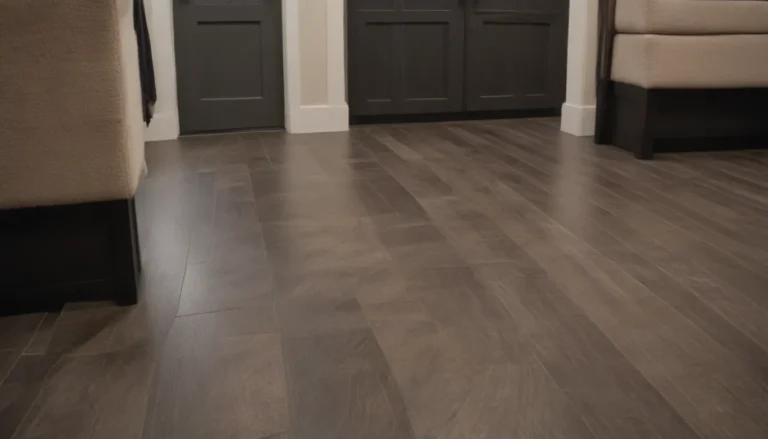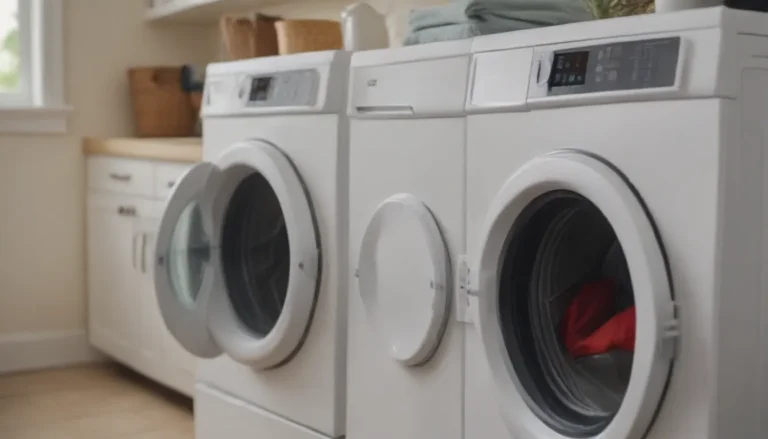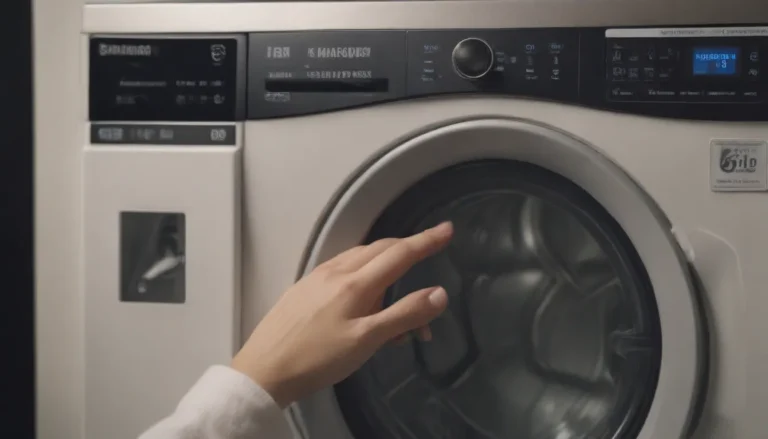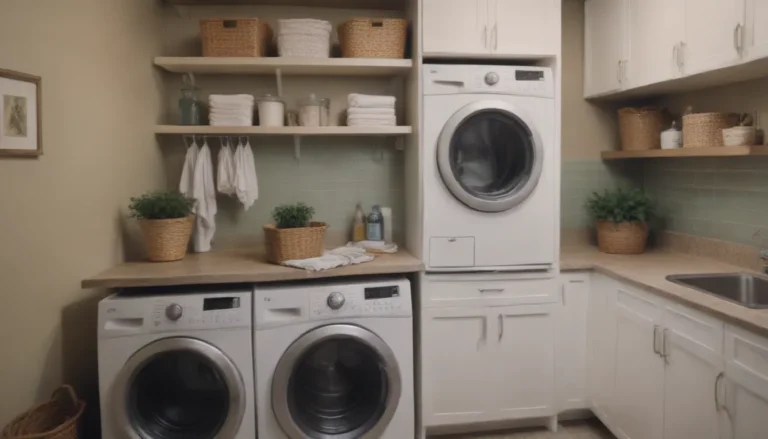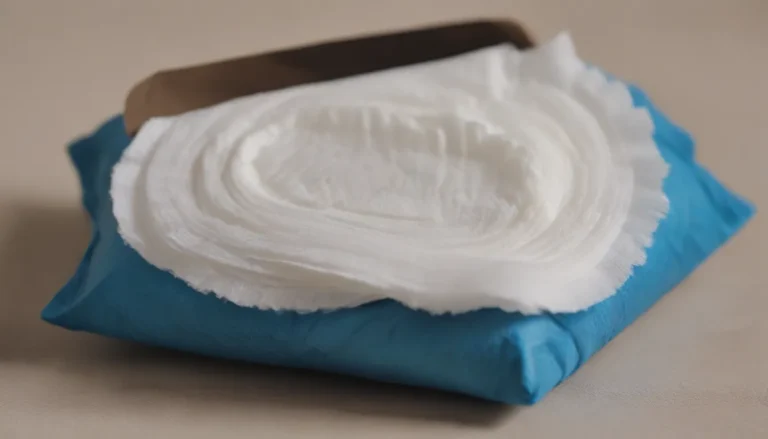Comprehensive Guide to Rigid Foam vs. Fiberglass Insulation
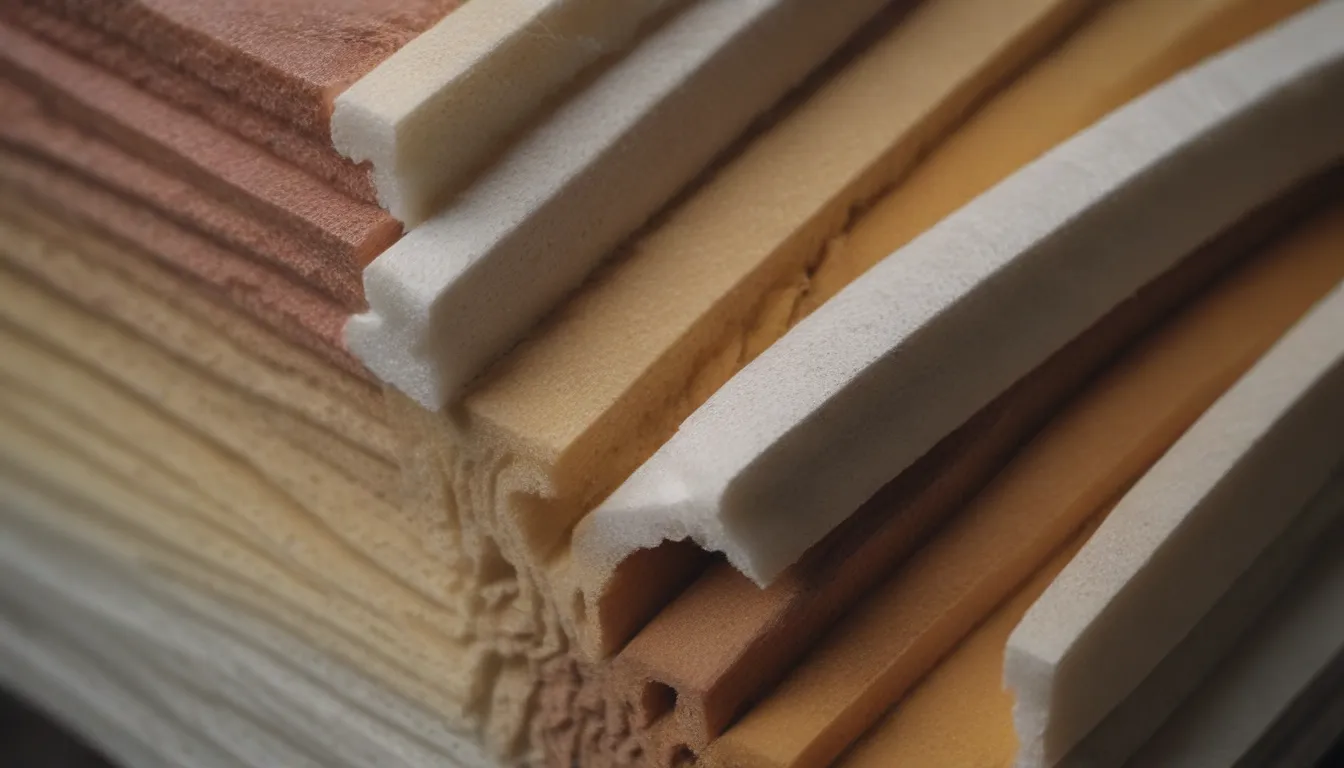
Are you embarking on a home renovation project and in need of insulation? One of the key decisions you’ll have to make is whether to choose rigid foam or fiberglass insulation. Both types have their own unique characteristics and purposes, so it’s important to understand the differences between them to make an informed choice.
In this comprehensive guide, we’ll delve into the major differences between rigid foam and fiberglass insulation, explore their applications, compare their R-values, discuss cost considerations, and examine the ease of installation for each type. By the end of this article, you’ll have a solid understanding of which type of insulation may be best suited for your specific needs.
Rigid Foam vs. Fiberglass Insulation: Major Differences
Rigid Foam Insulation
Rigid foam insulation consists of panels sold in 4-by-8-foot sheets in various thicknesses ranging from 1/4 to 2 inches. It can also be found in large bundled panels for use as exterior sheathing material. Rigid foam insulation is made from materials such as polystyrene, polyisocyanurate, or polyurethane.
One of the key advantages of rigid foam insulation is its resistance to moisture. It performs well under wet conditions and does not change dimensions, split, or crack. This makes it an ideal choice for areas that may be prone to moisture exposure, such as basement walls.
Fiberglass Insulation
In contrast, fiberglass insulation consists of tightly packed long rolls or individual batts of spun fiberglass fibers. This type of insulation is soft and flexible, with millions of air pockets that provide excellent thermal insulation. However, fiberglass can trap moisture, which may lead to mold and mildew growth. It’s important to avoid using fiberglass insulation in areas that are even remotely prone to moisture.
Fiberglass insulation is commonly sold in rolls or batts designed to fit standard wall and ceiling cavities with framing members spaced 16 or 24 inches apart. The thickness of fiberglass batts typically ranges from 3 1/2 to 12 inches.
Applications
Rigid Foam Insulation
- Exterior Continuous Insulation
- Basements
- Garages
- Radiant Heat Floors
- Rim Joists
- Other Uses
Fiberglass Insulation
- Exterior Walls
- Attics
- Floors
- Rim Joists
- Other Uses
R-Values
R-Value is a measurement of the thermal resistance of insulation materials, with higher values indicating better insulating properties. Both rigid foam and fiberglass insulation have varying R-values based on the thickness of the material.
- Rigid foam insulation typically ranges from R-1 for 1/4-inch thick panels to R-15 for 3-inch thick panels.
- Fiberglass insulation R-values range from R-11 to R-38 for commonly available thicknesses.
Rigid foam insulation generally offers higher R-values per cubic inch compared to fiberglass insulation. If energy conservation is your primary goal and moisture is not a concern, rigid foam may be the preferred choice.
Foam Board vs. Fiberglass Insulation Cost
When it comes to cost considerations, fiberglass insulation is typically less expensive than rigid foam board insulation when calculated by R-value per square foot. For instance, insulating a 10-square-foot wall area to R-15 costs around $3.40 to $4.00 with fiberglass insulation, while the same R-value for rigid foam costs approximately $10.
Additionally, there is less waste associated with fiberglass insulation. Fiberglass can be torn off and tucked into small areas, minimizing waste. On the other hand, rigid foam may produce small unusable pieces during cutting.
Ease of Installation
Both rigid foam and fiberglass insulation offer unique advantages when it comes to installation. Rigid foam is clean and irritant-free, making it a preferred choice for those with sensitivities. On the other hand, fiberglass insulation is flexible and can be easily molded around obstructions, making it versatile for various applications.
FAQ: If fiberglass insulation gets wet, does that mean it needs to be replaced?
According to the Washington State Department of Health, wet fiberglass insulation may need to be replaced to prevent mold growth. It’s important to address moisture issues promptly to avoid potential health hazards associated with damp fiberglass insulation.
In conclusion, the choice between rigid foam and fiberglass insulation ultimately depends on your specific needs and concerns. Consider factors such as moisture resistance, R-values, cost, and ease of installation when making your decision. Whether you opt for the durability of rigid foam or the flexibility of fiberglass, proper insulation is key to maintaining a comfortable and energy-efficient home environment.
